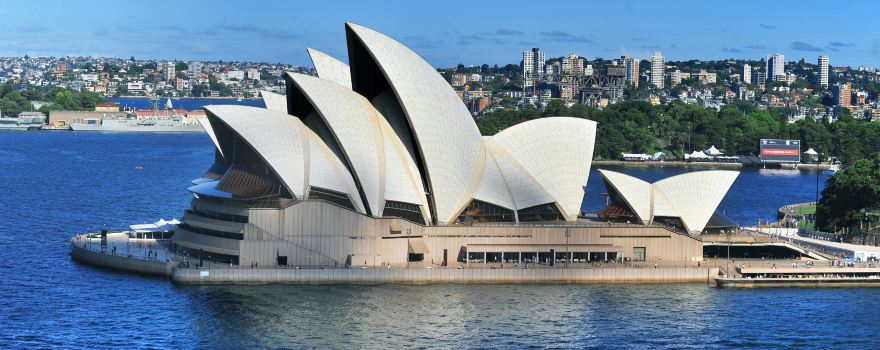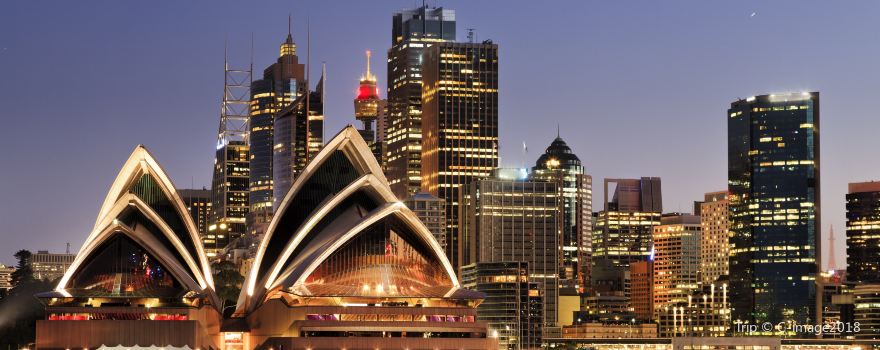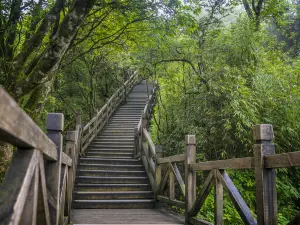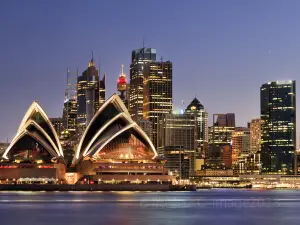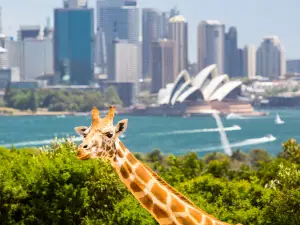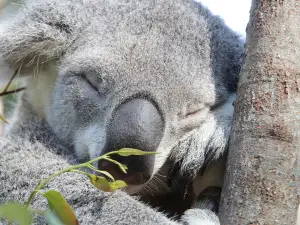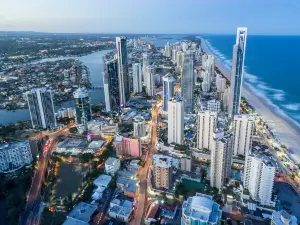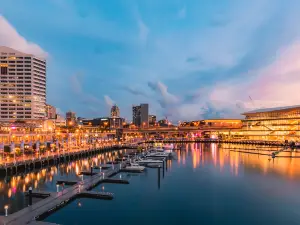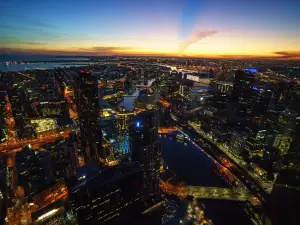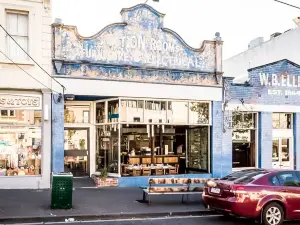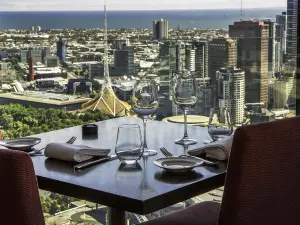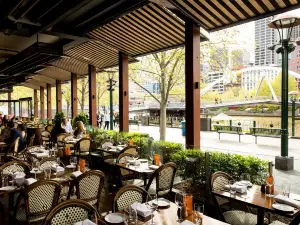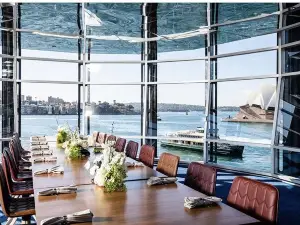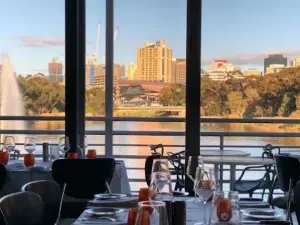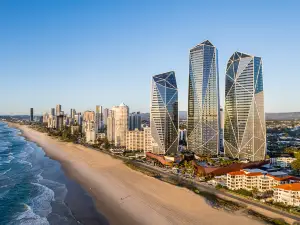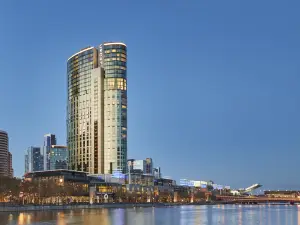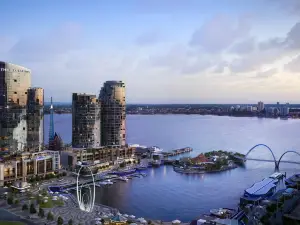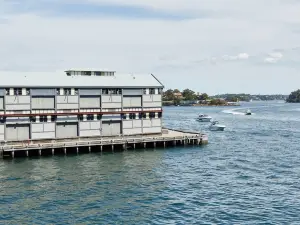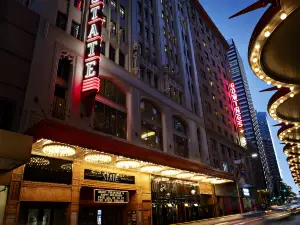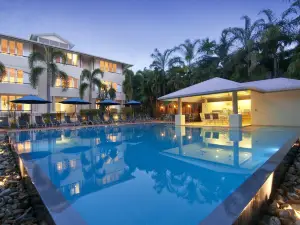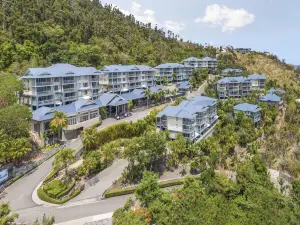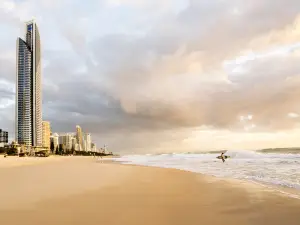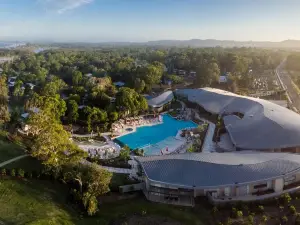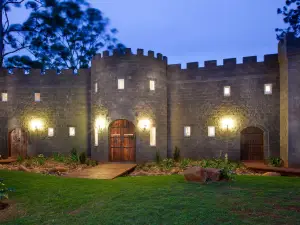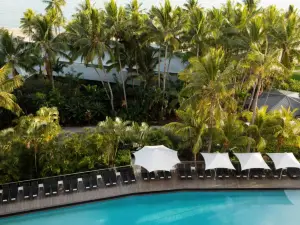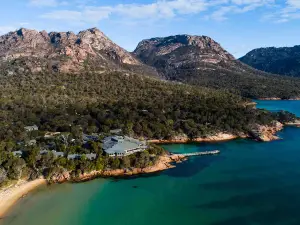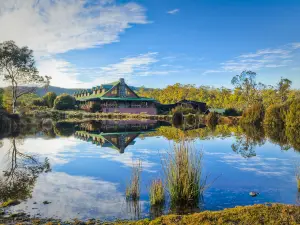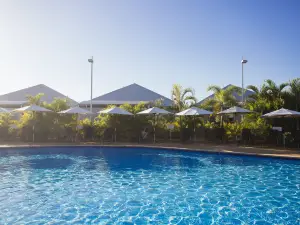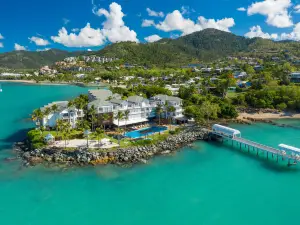2025 Australia Travel Guide: Weather, Transportation, Popular Attractions, and Everything You Need (Updated 2025 3)
About Australia
Recommended trip: 10–15 day(s)
Recommended trip: 10–15 day(s)Australia Local Experiences Map
Australia Local Travel Guide 2025
Australia Brief Guide
Australia is a vibrant country with stunning natural beauty, including the Great Barrier Reef, Daintree Rainforest, and Uluru-Kata Tjuta National Park. The culture of Australia is a rich tapestry woven with influences from its Indigenous heritage, a historical British influence, and the contributions of immigrants from around the globe, making it a melting pot of traditions and practices. Cities buzz with cultural festivals and events, while art and history enthusiasts can indulge in numerous museums and galleries that narrate the Australian story. Beyond its natural wonders and diverse culture, Australia provides tourists with novel dining experiences and unique native ingredients, from fine dining in front of picturesque vistas to adventurous foraging tours.
Australia Best Time To Visit
The best time to visit Australia is during its shoulder seasons, from March to May and September to November. During these months, the weather is mild and sunny providing optimal conditions for exploring the diverse landscapes from beaches to forests. Another excellent time to visit is between May and September, known as the dry season in northern Australia. This period offers warm, sunny days ideal for outdoor activities like hiking and enjoying national parks. Australia’s diverse regions and multiple climate zones make it a year-round destination but these specific times offer particularly pleasant weather and less crowded experiences.
Australia Must-try Local Experiences
1. Discover Australia's Iconic Landmarks Capture breathtaking photos of Sydney Harbour, including the Opera House and Harbour Bridge, from various vantage points. Enjoy world-class performances at the Sydney Opera House, ranging from opera and ballet to contemporary music and theatre. 2. Drive the Great Ocean Road Take a scenic drive along the Great Ocean Road, featuring breathtaking coastal views, the Twelve Apostles, charming seaside towns, and encounter native wildlife. 3. Explore the Daintree Rainforest Discover the ancient Daintree Rainforest with guided walks, river cruises, and unique wildlife sightings. 4. Witness the Field of Light at Uluru Experience the magical Field of Light installation at Uluru, where thousands of solar-powered lights illuminate the desert landscape, creating a vibrant and ethereal atmosphere. This art installation by Bruce Munro beautifully complements the natural splendor and spiritual significance of Uluru. 5. Indulge in Australian Cuisine Sample iconic dishes like Vegemite on toast, meat pies, and Tim Tams, and enjoy a classic Aussie barbecue. 6. Enjoy Australian Wine Visit renowned wine regions like Barossa Valley and Hunter Valley to sample world-class wines and tour picturesque vineyards. 7. Experience Wildlife Encounters Get up close with Australia’s unique wildlife at places like Taronga Zoo and Kangaroo Island, and see kangaroos and koalas. 8. Take a Hot Air Balloon Ride Enjoy a serene hot air balloon ride over picturesque landscapes like the Yarra Valley, offering stunning aerial views. 9. Whale Watching Embark on a whale-watching tour along the Australian coast to witness majestic humpback whales during their migration season. 10. Explore the Pink Lake Lake Hillier in Western Australia is famous for its vivid pink color, a natural phenomenon that remains largely a mystery. Visiting this unique lake provides a surreal and picturesque experience that is truly one of a kind in Australia.
Australia Travel Tips
1. Book Tours and Attractions in Advance: Tours to popular attractions like the Great Barrier Reef and Sydney Opera House often require advance reservations, especially during peak seasons. Booking early ensures you get the best spots and avoid disappointment. 2. Uluru Climbing Ban: Climbing Uluru (Ayers Rock) is now prohibited due to its cultural significance to the Anangu people and environmental concerns. Respect this ban and enjoy the rock from designated viewing areas instead. 3. Fraser Island 4WD Requirements: To drive on Fraser Island, you need a 4WD vehicle and a permit. Ensure your vehicle has high ground clearance and proper equipment. Avoid driving two hours before or after high tide. Inexperienced drivers should consider guided tours due to challenging sand tracks. 4. Aussie Beach Etiquette: Always swim between the red and yellow flags on patrolled beaches. The Red and Yellow Flags on a beach show safe places to swim, and where lifeguards or lifesavers watch people to keep them safe. 5. Wildlife Caution: While encounters are rare, Australia is home to various dangerous animals. Don't feed or approach wildlife, and be cautious when swimming in northern waters due to crocodiles and jellyfish. Always give animals space, avoid touching them, and drive carefully to avoid wildlife on roads. 6. Drone Photography Regulations: Drone usage is regulated in Australia. You must adhere to CASA rules, which include keeping the drone within visual line-of-sight, not flying above 120 meters, staying at least 30 meters away from people, and avoiding restricted areas like airports and correctional facilities. 7. BYO Alcohol Regulations: Some restaurants in Australia allow you to bring your own alcohol, known as BYO. Check if there is a corkage fee, which is a small charge for bringing your own drinks. 8. Strict Quarantine Laws: Australia has stringent biosecurity laws. Declare all food, plant material, and animal products upon arrival. Failure to do so can result in hefty fines or prosecution. Additionally, there are restrictions on moving these items between states within Australia to prevent the spread of pests and diseases.
Australia Transportation
Australia is accessible by air with numerous direct flights from the US, Canada, and other countries to major Australian cities including Sydney, Melbourne, and Brisbane. Travelers can opt for airlines like Qantas, American Airlines, and United. Additionally, cruising are available for those preferring to travel by sea.
Australia Best cities to visit
Brisbane is the capital city of Queensland. First impressions of Brisbane include reveling in ample sunshine, lush parks, and friendly locals. Maiwar (or the Brisbane River) passes through the city. This modern metropolis is intertwined with the subtropical natural landscape. This is also the gateway to many of Queensland's attractions and serves as a travel hub. This area has a great number of koala bears. Because of the adorable marsupials, the city is also called "The Koala Kingdom". Brisbane has an enchanting natural landscape, but that doesn't mean the cultural landscape is lacking. You can check out the interactive exhibitions at the Queensland Gallery of Modern Art and the Queensland Museum and Sciencentre.
Australia Useful Guide
Australia has a robust emergency service network accessible via the Triple Zero (000) number, available for immediate help in life-threatening situations. Always use this number to reach police, fire, or medical services during serious emergencies. For non-urgent police matters, contact the Police Assistance Line at 131 444. It’s also essential to be prepared for natural disasters such as bushfires or floods; the State Emergency Services (SES) can be reached at 132 500 for assistance during such events. Driving in Australia requires an international driving permit, and adherence to strict regulations like not using mobile devices while driving is enforced to ensure road safety. In case of medical concerns that are not emergencies, services such as Healthdirect (1800 022 222) provide 24/7 advice. To sum up, knowing the right numbers to call and understanding local regulations can significantly enhance your safety while travelling in Australia. Make sure to keep these details handy at all times.
Trip.Best: Australia
Popular Destinations
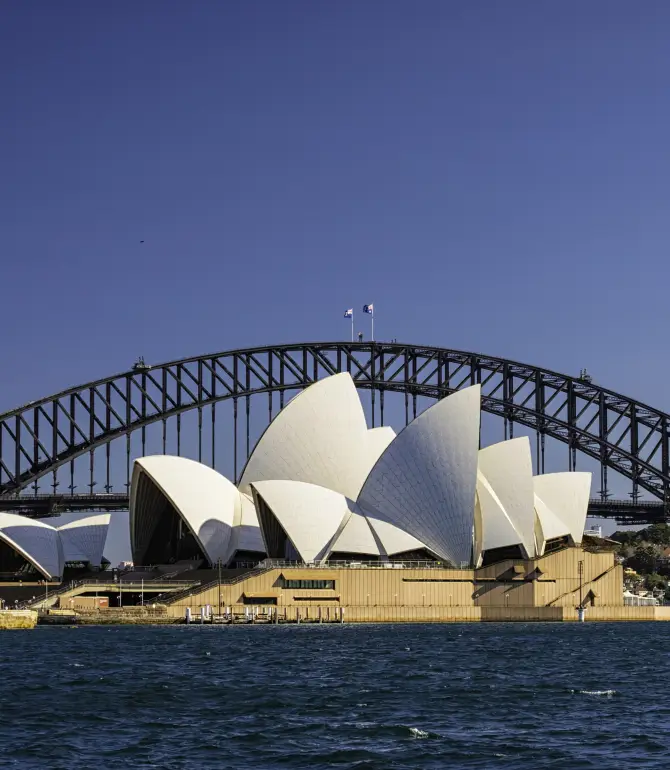
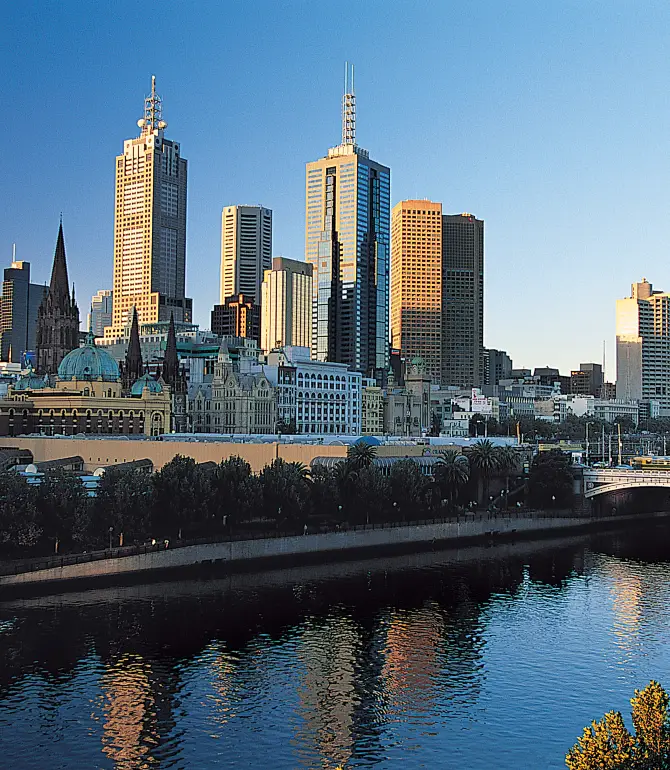
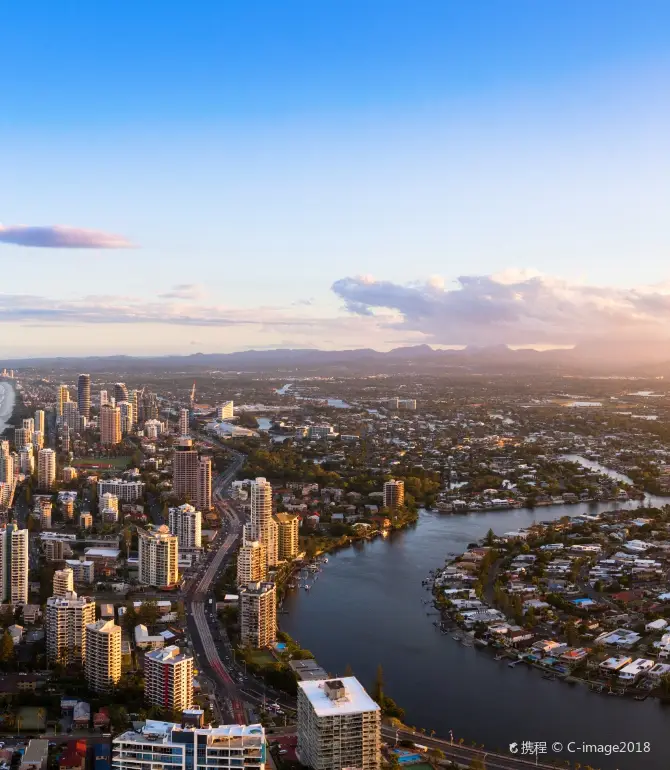
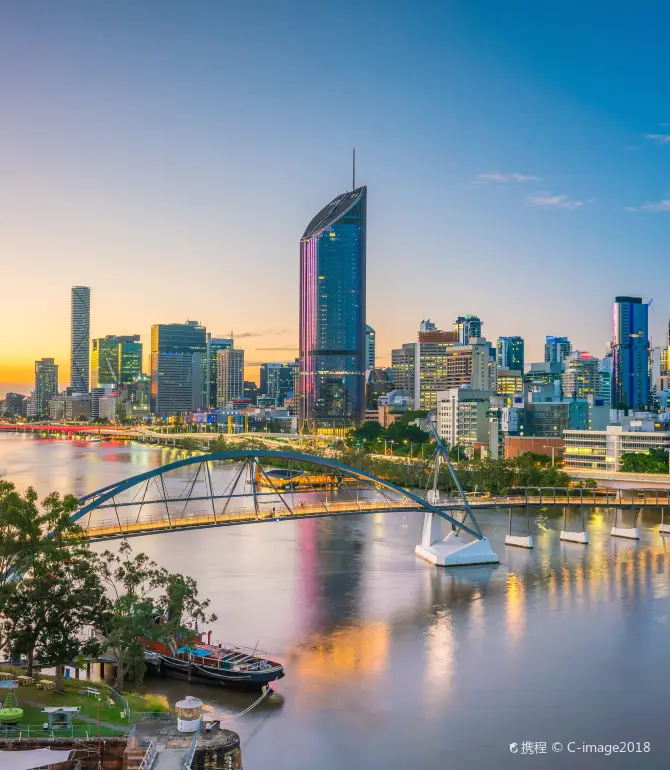
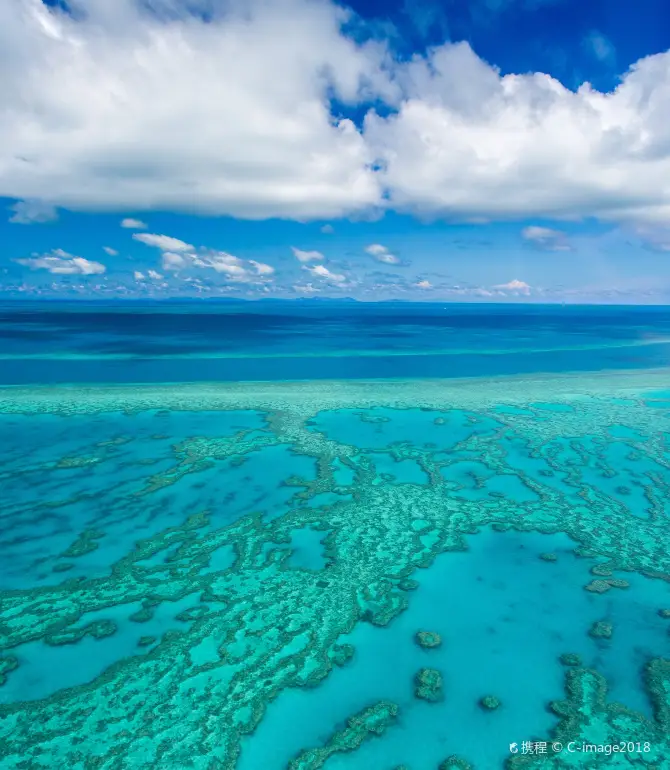
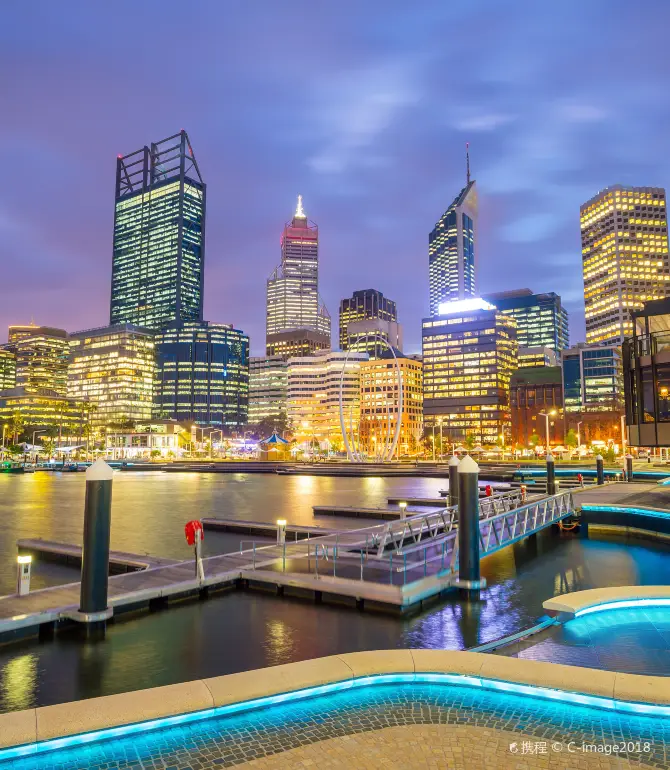
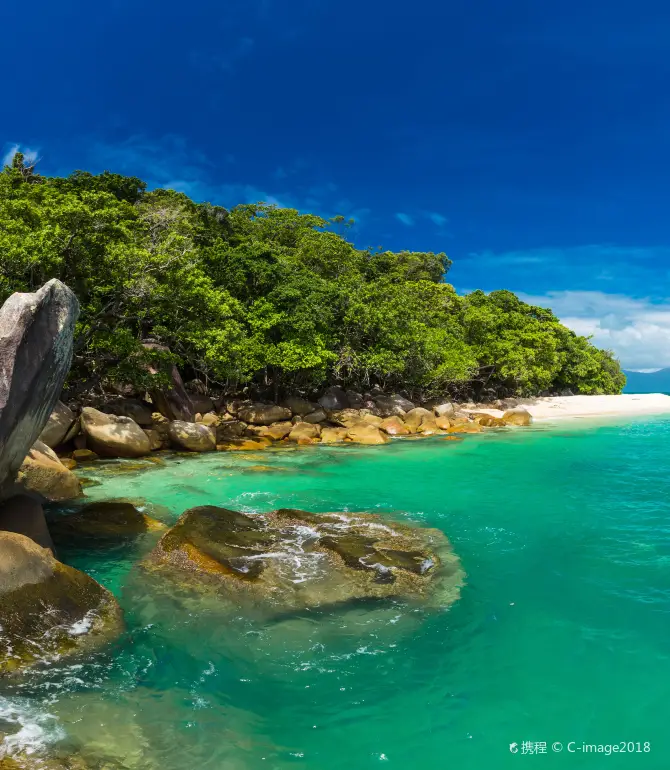
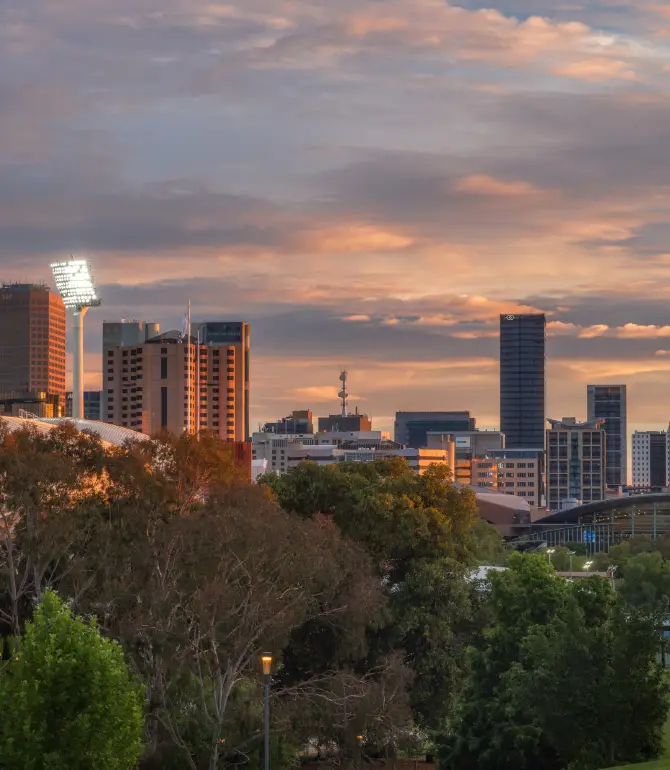
Things to do in Australia
What to Do
Taronga Zoo Sydney
Puffing Billy Railway
Currumbin Wildlife Sanctuary
SEA LIFE Sydney Aquarium
SEA LIFE Melbourne Aquarium
Gold Coast Sea World
What to Eat
Australia Moments: Through Travelers' Eyes

Free Sydney Cruise in Australia 🛳️🆓

Stunning! Pink lake, blue sea, and sky, a feast for the eyes!

9-Day Australia Autumn Travel Guide|Sydney is a must-see.

Must visit train in Australia what an adventure

The incredibly popular Yayoi Kusama exhibition at the NGV is a must-see in Melbourne.

Trip to Cairns, Australia 🇦🇺

Traveling to Sydney doesn't require any planning! Just follow this itinerary.

Perfect!! Brisbane and Gold Coast accommodation.
Best of Australia
Site Operator: Trip.com Travel Singapore Pte. Ltd.
